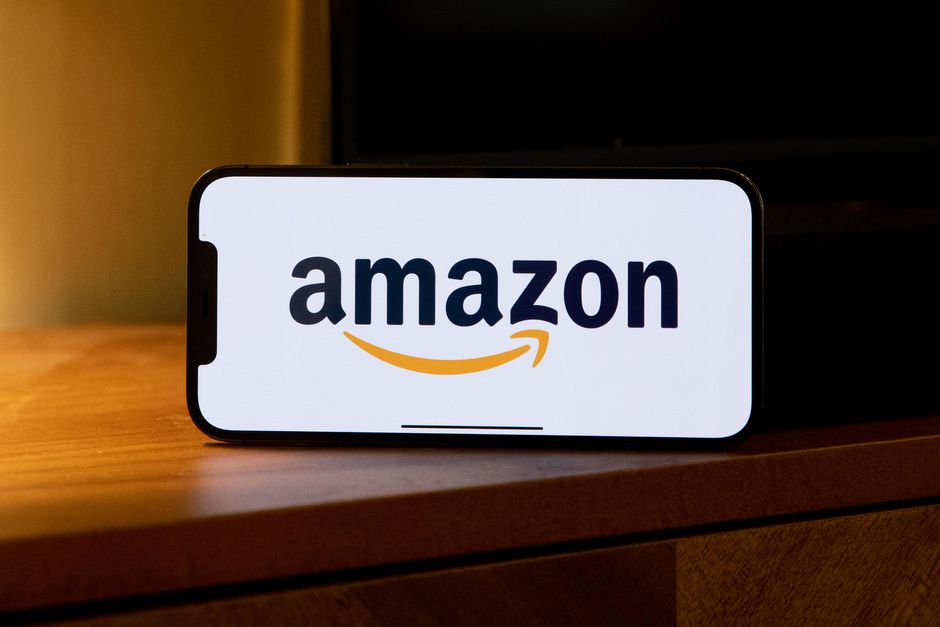With Amazon recently overtaking Facebook in terms of market cap, the question arises as to whether the Bezos-led organization has the ability to become the #1 company in the world in the next few years. With a market cap of $344.89 billion as of writing this article, Amazon takes the lead over Facebook’s $340.43 billion but still has a long way to go to catch up to Apple’s $535 billion.
What are the ingredients that can take Amazon over the top of Apple’s head? And what is the one key hurdle they will need to overcome just to maintain the lead over Facebook?
The E-Tailer with a Technology Tale
Amazon is a retail company with a technology twist. I am not talking about the tech infrastructure the company has to power its retail operations all over the world: I am talking about Amazon’s cloud business unit, Amazon Web Services or AWS.
It’s a well-known fact that Amazon’s total sales have grown nearly tenfold in the last ten years. Arguably, very few companies in the world can deliver such a resoundingly successful growth story – at least at the scale that Amazon now operates.
The biggest challenge to their phenomenal growth, however, has been their bottom line. Rapid growth without profitability seems to have been its mantra through the past decade. Even the last three years alone have operating margins that look like this: 2.1%, 0.2% and 1.0%.
In its pursuit of long-term growth at the top line and market penetration across the globe, Amazon was forced to sacrifice profitability. Their highest hurdle – yet to be overcome – is their shipping costs. And that’s not just in the United States. Their international retail business faces the same problem.
If this were the only source of income, then Amazon could possibly have been called an “obese company with a starving margin”; fortunately, they have a crutch called AWS to compensate for bleeding losses in retail.
AWS To The Rescue
A few months ago, I wrote an article on Seeking Alpha that predicted that AWS would soon overtake Amazon’s retail business as the highest operating income earner. Over the past quarter that prediction has come true. If the technology wing continues to grow at its current 50%+ rate for the next few years and keeps its 20%+ operating margins intact, Amazon has a very real shot at becoming the largest company in the world.
But that’s only one part of the equation. The thing that can really get them there is a permanent fix to their shipping problem.
Let’s look at this from another perspective.
Both UPS and Fedex operate highly successful and profitable shipping businesses where a significant portion of revenues (and operating income) are realized from individual package deliveries generated by a fast-growing e-commerce industry. Amazon’s entire business is a subset of what these two companies do, yet they haven’t been able to crack the profitability code in any significant or consistent manner.
To bring in another point, both companies invest heavily in capital expenditures to not only grow their networks, but just to keep their physical assets in good repair. Amazon spends to keep its network growing into new countries and markets. It also spends on inventory that it holds until orders are generated. These expenses, though not identical to those of UPS or Fedex, are very similar in nature.
So now, the question becomes one of efficiency and balance. Can Amazon achieve the kind of operational efficiency and portfolio balance that two of the world’s largest logistics companies have managed to do?
The upside to this is that Amazon is giving itself the luxury of time by making money in the cloud industry. And Amazon Prime seems to be yet another crutch that will allow it to keep going forward confidently in its retail business – and having just about enough to show for it to keep investors happy.
With a $99 yearly fee and a user base estimated at over 54 million – and growing at a clip of 35% annually – Amazon Prime is another goldmine that they’ve stumbled upon – just like AWS was originally a way to bring down their own IT costs but ended up becoming a valuable asset they have cashed in on.
The Shipping Challenge Remains
The only hurdle to becoming the most valuable company in the world is last mile shipping. That’s the cost component of their e-tail business that bloats overheads to such an extent that they obscure any chances of making a consistent profit in that segment.
If they can find an answer to that poser, then there’s nothing stopping them from overtaking any other company including Apple in terms of market cap. Until then, they will have to depend on Prime and AWS to prop up their overall operating margins. With the high earnings multiple that gives Amazon its current market cap valuation of $345 billion, they can still get there – albeit slowly.



